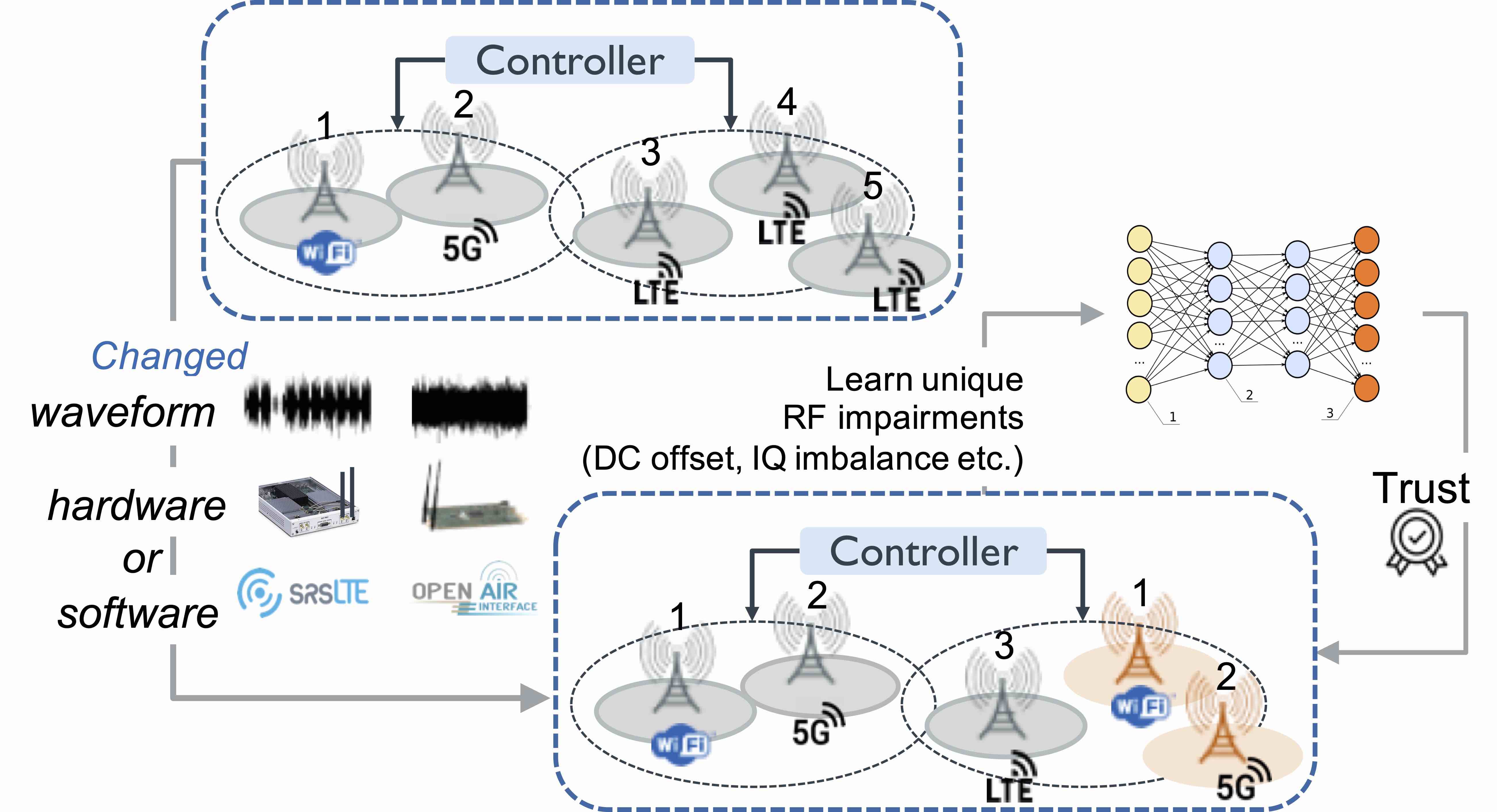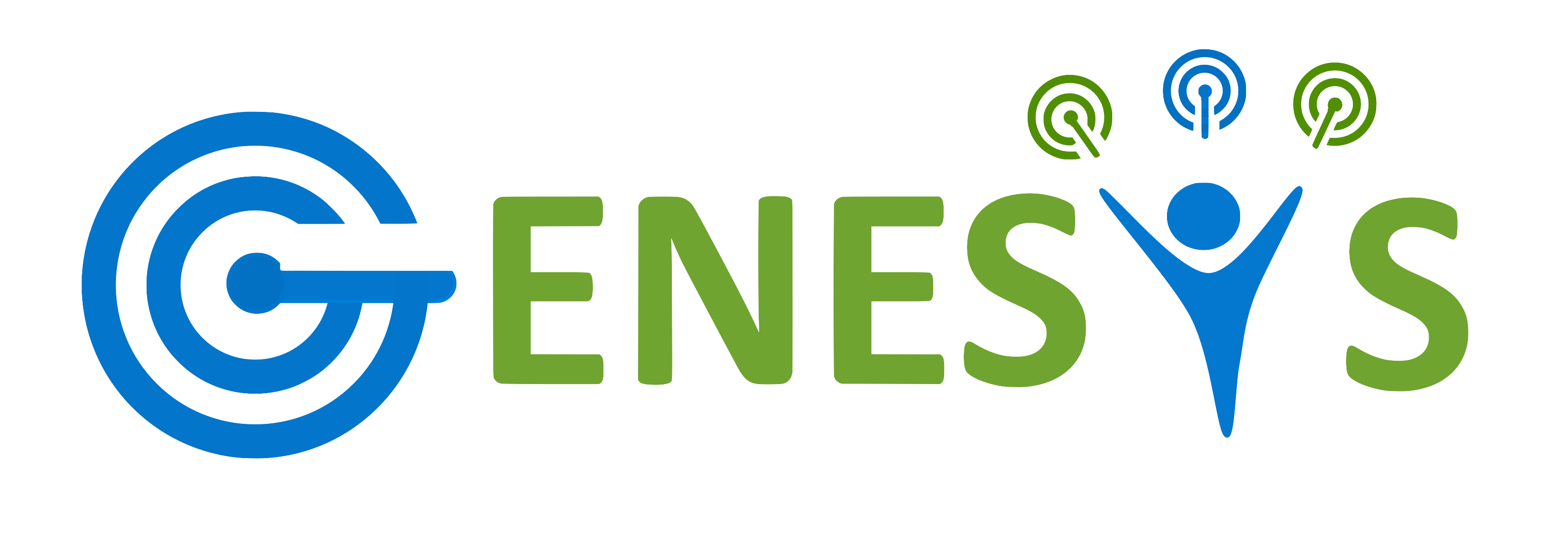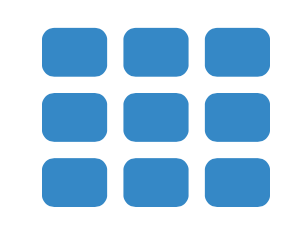Datasets for RF Fingerprinting on the POWDER Platform
Download Datasets:
Please use below link to download the dataset:Dataset#1: Raw IQ samples of over-the-air transmissions from 4 Base Stations deployed in the POWDER platform, in Salt Lake City, Utah, USA.
These datasets were used for the paper "Trust in 5G Open RANs through Machine Learning: RF Fingerprinting on the POWDER PAWR Platform", IEEE GLOBECOM 2020. Any use of this dataset, which results in an academic publication or other publication that includes a bibliography, should contain a citation to our paper. Here is the reference for the work:
Conference version: PDF
G. Reus-Muns, D. Jaisinghani, K. Sankhe and K. R. Chowdhury, ''Trust in 5G Open RANs through Machine Learning: RF Fingerprinting on the POWDER PAWR Platform,'' IEEE Globecom, 7-11 December 2020, Taipei, Taiwan.
Description:
5G and open radio access networks (Open RANs) will result in vendor-neutral hardware deployment that will require additional diligence towards managing security risks. This new paradigm will allow the same network infrastructure to support virtual network slices for transmit different waveforms, such as 5G New Radio, LTE, WiFi, at different times. In this multi-vendor, multi-protocol/waveform setting, we propose an additional physical layer authentication method that detects a specific emitter through a technique called as RF fingerprinting. Our proposed RF fingerprinting approach enhances device detection accuracy leverging neural networks trained with a triplet-loss function. This method has seen success in learning semantic similarity, but was not applied in the RF domain yet. We demonstrate and evaluate the feasibility of RF fingerprinting base stations over the large-scale over-the-air experimental POWDER platform in Salt Lake City, Utah, USA.

Fig. 1: We use RF fingerprinting to detect cases where certain BS (in orange) transmit incorrect IDs, i.e., spoofing BS 1 and 2. Such violations must be detected irrespective of the waveform being transmitted.
Dataset Description and Setup
We collect IQ samples from 4 different BS (MEB, Browning, Beavioral, Honors) in the POWDER Platform, as shown in Fig.2, with a fixed endpoint (Humanties) as the receiver. All BS are bit-similar USRP X310 radios, that transmit standard compliant IEEE 802.11a, LTE or 5G-NR frames generated via MATLAB WLAN, LTE and 5G toolboxes, respectively. The data frames generated contain random payload but have the same address fields. The receiver SDR (USRP B210) works at 2.685 GHz (Band 7) and samples the incoming signals at a at 5 MS/s for WiFi and 7.69 MS/s for LTE and 5G. We collect 5 sets of 2s of IQ samples for each link and waveform, repeating the data collection process two independent days.

Fig. 2: Topological map of POWDER network. A central controller records raw IQ samples from each of the 4 BSs.
In correspondance to the SigMF format, each recording consists of two files: a metadata file and a data file. The dataset file is a binary file of digital samples, and the metadata file contains information that describes the dataset. Our metadata and data format is an extension of, and compatible with SigMF specifications . Each file is named in a specific format for a more intuitive understanding. For example, the dataset file "5G_Day_2_honors_s5" represents
- 5G : --> 5G standard-compliant WLAN frame. Could also be "4G" or "5G".
- Day_2 :--> Data collection day. Could also be "Day_1"
- honors :--> Transmitting BS. Could also be "meb", "browning" or "bes".
- s5 : --> Recording set. The recordings are numbered from 1 to 5.

